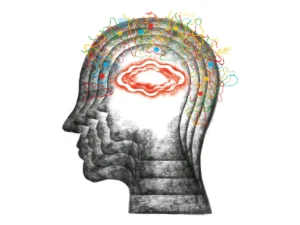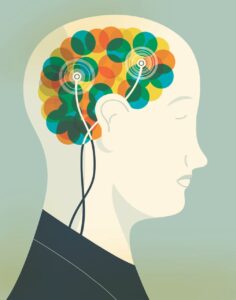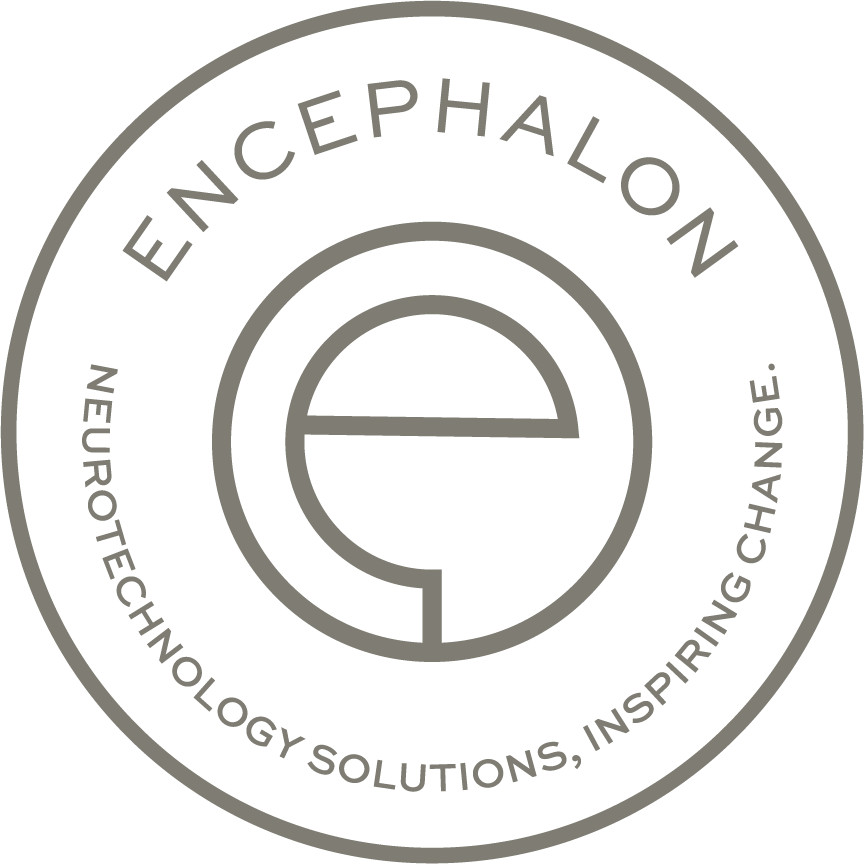Healing Through Neurofeedback: A Case Study of an 11-Year Old Boy with
Autism | Neurofeedback Edinburgh
At Encephalon, our Edinburgh-based neurofeedback clinic, we specialise in helping children on the autism spectrum manage challenges such as emotional dysregulation, sensory sensitivities, and sleep disturbances. This case study follows the journey of an 11-year-old boy with autism who, over the course of 40 neurofeedback sessions, experienced profound improvements in sleep, communication, emotional regulation, and daily functioning. From aggressive tantrums and sleepless nights to social breakthroughs and verbal expression, his progress highlights the transformative potential of neurofeedback for autism when delivered in a safe, supportive environment.
Sessions 1–5: Starting Neurofeedback – Supporting Sleep and Sensory Regulation
The initial sessions focused on building comfort with the neurofeedback process. The young boy was hesitant at first, showing signs of anxiety even entering the clinic. He displayed a hyper-awareness to the sensory inputs in the room: lights, the slight hum of the computer, even the feeling of the sensor paste on his scalp.
Despite these challenges, after just two sessions, his mother reported the first significant change: improved sleep. He began to fall asleep within 30 minutes instead of several hours, and he stayed asleep throughout the night for the first time in years. While tantrums and screaming continued, the improvement in sleep brought visible relief to the family. They were cautiously hopeful.
Sessions 6–10: Smoother Transitions and Calmer Mornings with Neurofeedback
With sleep stabilising, mornings became less chaotic. His mother shared that previously, getting dressed or preparing to leave the house would trigger a meltdown. Now, though the transitions were not seamless, they were markedly better. He would still resist change, but he no longer screamed or lashed out.
During sessions, he sat more comfortably and was quicker to settle into the chair. His body language showed a slow but visible increase in trust. His mother noted fewer outbursts when he was asked to transition from one activity to another. His little brother, previously a frequent target of his frustration, was now greeted with brief moments of eye contact and tolerance.
Sessions 11–20: Strengthening Emotional Regulation and Sensory Tolerance
Tantrums were still present, but something remarkable began to happen: they no longer consumed the entire day. Instead of lasting for hours and derailing the family’s schedule, they were now lasting a maximum of ten minutes. His ability to recover had dramatically improved.
This shift was significant for his family. For the first time, his parents could see a glimpse of emotional self-regulation beginning to take root. The boy would go from screaming and hitting to calm and even apologetic gestures within minutes.
He also began tolerating small sensory challenges. Wearing new socks or sitting at a different chair at dinner no longer caused full-blown meltdowns. Though subtle, these changes reflected a growing adaptability.
One particularly exciting development was the expansion of his food repertoire. Previously limited to a very small number of acceptable textures and flavours, he began trying new foods without distress. His mother introduced new fruits, some vegetables, and even a new protein source foods that he would have instantly rejected just weeks prior. Meals became more relaxed and less of a battleground, further contributing to the household’s sense of ease.
Sessions 21–30: Building Social Resilience – Dining Out and Connection
A powerful breakthrough occurred during this period. The family decided to attempt something they hadn’t done in years: go to a restaurant. It was crowded and noisy a situation that would typically guarantee a meltdown.
Instead, the boy not only tolerated the environment but sat through the entire meal. His mother reported that he played quietly with a toy, looked around with curiosity, and never once screamed or tried to flee. This was a watershed moment for the family. For them, it wasn’t just about having a meal out it symbolised progress, resilience, and a glimpse into a more inclusive life.
Another beautiful shift began during this phase: connection. For the first time, he reached out and held his mother’s hand. He started pointing to things he wanted, initiating communication with his body even if not yet with words. His mother described these gestures as nothing short of miraculous.
Sessions 31–40: Communication Gains and Family Transformation | Neurofeedback for Autism
As the final phase of the neurofeedback sessions unfolded, the boy began using context-dependent speech. He pointed to his water bottle and said, “Water.” He used single words clear, intentional, and appropriate to the situation. These were not random utterances but meaningful attempts to communicate.
His relationship with his father, once strained due to lack of understanding and connection, blossomed. The father, initially sceptical of neurofeedback, now reported that his son would come sit beside him, share space, and even look up at him during interactions. This created a renewed sense of fatherhood and healing within the family.
His mother tearfully described the neurofeedback journey as a lifeline not only for her son’s emotional and sensory challenges but for the cohesion of the entire family. The home, once characterised by stress and unpredictability, had become calmer and more harmonious.
The Transformative Power of Neurofeedback
This case study highlights the immense potential of neurofeedback as a non-invasive, supportive tool for children with autism. While the aim is not to ‘cure’ autism, it facilitates the brain’s ability to regulate itself, resulting in powerful improvements in sleep, emotional regulation, sensory processing, and communication.
For this 11-year-old boy, the progression from sleepless nights and daily meltdowns to peaceful restaurant visits and emerging speech was nothing short of transformative. His parents’ original goals better sleep and emotional regulation were not only met but exceeded. In the process, the family experienced healing, reconnection, and a deepened sense of hope.
If you’re a parent in Edinburgh seeking support for a child with autism, neurofeedback may offer a life-changing path forward. Contact Encephalon today to book a consultation or learn more about how we support children through customised neurofeedback programmes.
Note: Names and identifying details have been changed to protect the privacy of the family involved.






